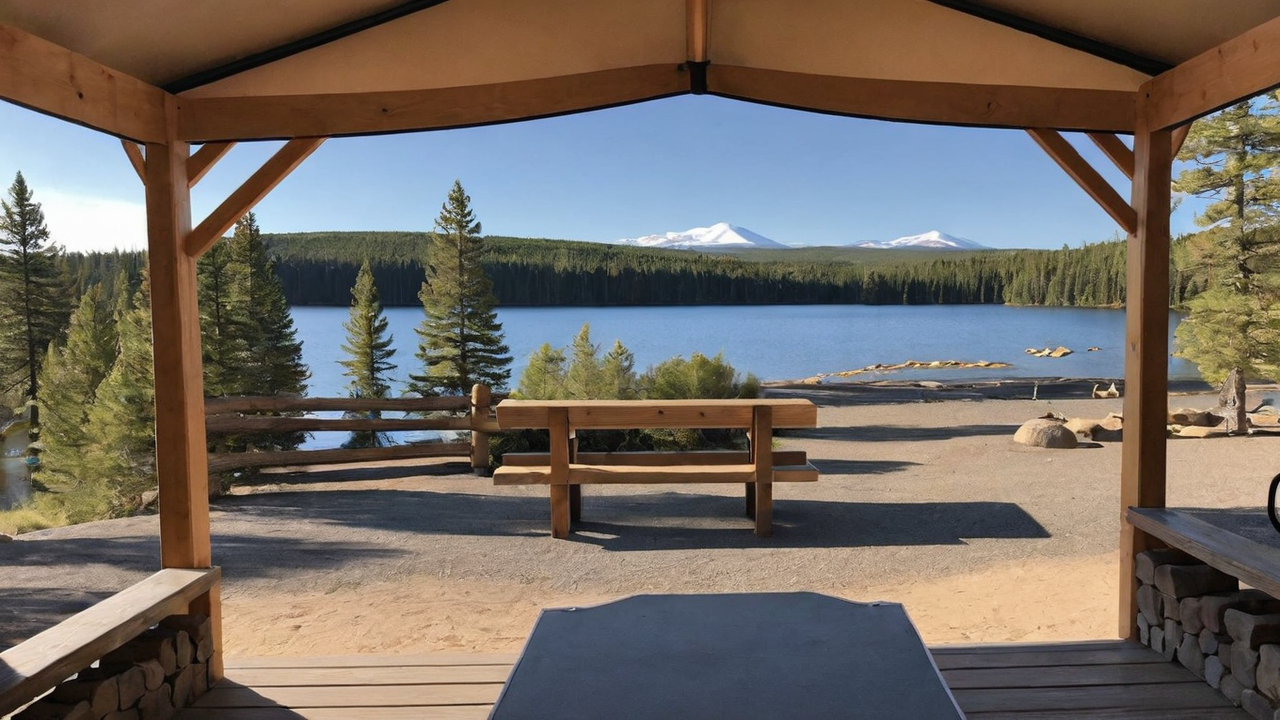Enhancing Site Selection with Geographic Information Systems Integration in Campground Administration Software

Leveraging GIS for Improved Campground Layouts
Integrating GIS into campground management systems revolutionizes the way campgrounds are planned and managed. By leveraging precise geographical data, administrators can optimize the layout for better accessibility and guest experience. This integration allows for the design of detailed site maps that incorporate existing landscapes, maximizing the use of space while preserving the environment.
The ability to see and manipulate the campground configuration in real-time provides a significant benefit in planning and development. Precise GIS data assists in locating ideal spots for amenities, ensuring they are both reachable and ecologically sustainable. This method not only improves guest satisfaction but also contributes to a reduced environmental footprint.
Streamlining Booking Processes with Geographic Information Systems
By introducing GIS into campground reservation software, operators provide a more interactive booking process for campers. Guests can select their preferred spots based on actual geographical data, including proximity to amenities and picturesque views. This level of detail in site choice significantly enhances planning and satisfaction for guests.
Furthermore, this system reduces the likelihood of overbooking and conflicts between reservations. Accurate GIS data ensures that each site is correctly charted, with clear demarcations, thus facilitating a smoother reservation process. This efficiency not only saves time for site administrators but also boosts the overall customer satisfaction.
Improving Security and Emergency Response with GIS
Incorporating GIS into campground management software greatly enhances safety and emergency response. Detailed site maps allow for precise location of emergency facilities like fire stations, first aid points, and evacuation routes. This accessibility to critical information can significantly speed up response times in critical situations, potentially preserving lives.
Moreover, GIS data can be used to spot areas susceptible to natural hazards such as flooding or wildfires, allowing for the development of proactive safety measures. By this approach, campground operators can implement precautionary measures and alert guests of potential risks, thus ensuring a safer camping experience for everyone.
Maximizing Amenity Allocation Through GIS
GIS technology allows campground managers to efficiently allocate amenities across the site. By analyzing geographical data, they can identify the most strategic placements for amenities such as restrooms, picnic areas, and playgrounds. This guarantees that all guests have convenient access to amenities, enhancing their total experience.
Additionally, GIS can assist in managing the utilization of natural resources, encouraging sustainable practices within the campground. Through accurate mapping, campgrounds can prevent overuse of sensitive areas, aiding in conservation efforts and maintaining the natural appeal and health of the environment.
Increasing Guest Satisfaction with Interactive GIS Tools
Interactive GIS maps enhance visitor engagement by offering an immersive experience of the campground before they arrive. Guests can explore different areas, see photos, and read about nearby attractions directly through the site’s website. This pre-visit interaction begins the guest experience on a positive note, increasing anticipation and contentment.
Moreover, these interactive features can serve as a resource throughout the stay, offering real-time information on weather conditions, upcoming events, and available services. This accessibility guarantees that guests remain updated and can fully enjoy their outdoor adventure.
Facilitating Environmental Sustainability with GIS
GIS integration in campground management systems plays a crucial role in advancing eco-friendly sustainability. Precise mapping enables for thoughtful planning and conservation of natural resources, minimizing human impact on the environment. This tools facilitate to monitor and control wildlife habitats, lakes, and plant life, ensuring their preservation for future generations.
Moreover, by leveraging environmental GIS data, campgrounds can identify regions ideal for solar panels installations or other green initiatives. This strategy not only boosts the campground’s environmental stewardship but also reduces operational costs, demonstrating a commitment to conserving the natural world.
Integrating Local Knowledge into Campsite Development with GIS
GIS systems enable campground managers to integrate community insights into campsite development. By engaging with community members, operators can gain a deeper understanding of the landscape and its historical significance. Such collaboration guarantees that campgrounds are planned with respect for local values and heritage, enriching the visitor experience.
Moreover, such integration assists in identifying distinct opportunities for campsite activities and offerings that showcase the area’s culture and landscape. Incorporating local insights into the planning process not only enhance the genuineness of the campground but also strengthens bonds with the local community, establishing a beneficial impact for all involved.
Adjusting to Changing Guest Needs with Adaptive GIS Data
The landscape of outdoor hospitality is always evolving, with guest expectations getting more complex. Using dynamic GIS data allows campground managers to quickly adjust to these shifts by updating amenities and services to meet contemporary demands. This flexibility ensures that campsites remain appealing and relevant in a rapidly changing market.
Additionally, the capability to gather and analyze guest feedback through GIS-based applications means campground managers can continuously refine their offerings. Tailoring the camping experience to meet individual preferences not only increases visitor contentment but also promotes return visits, driving the success of the campground in the long term.
read further